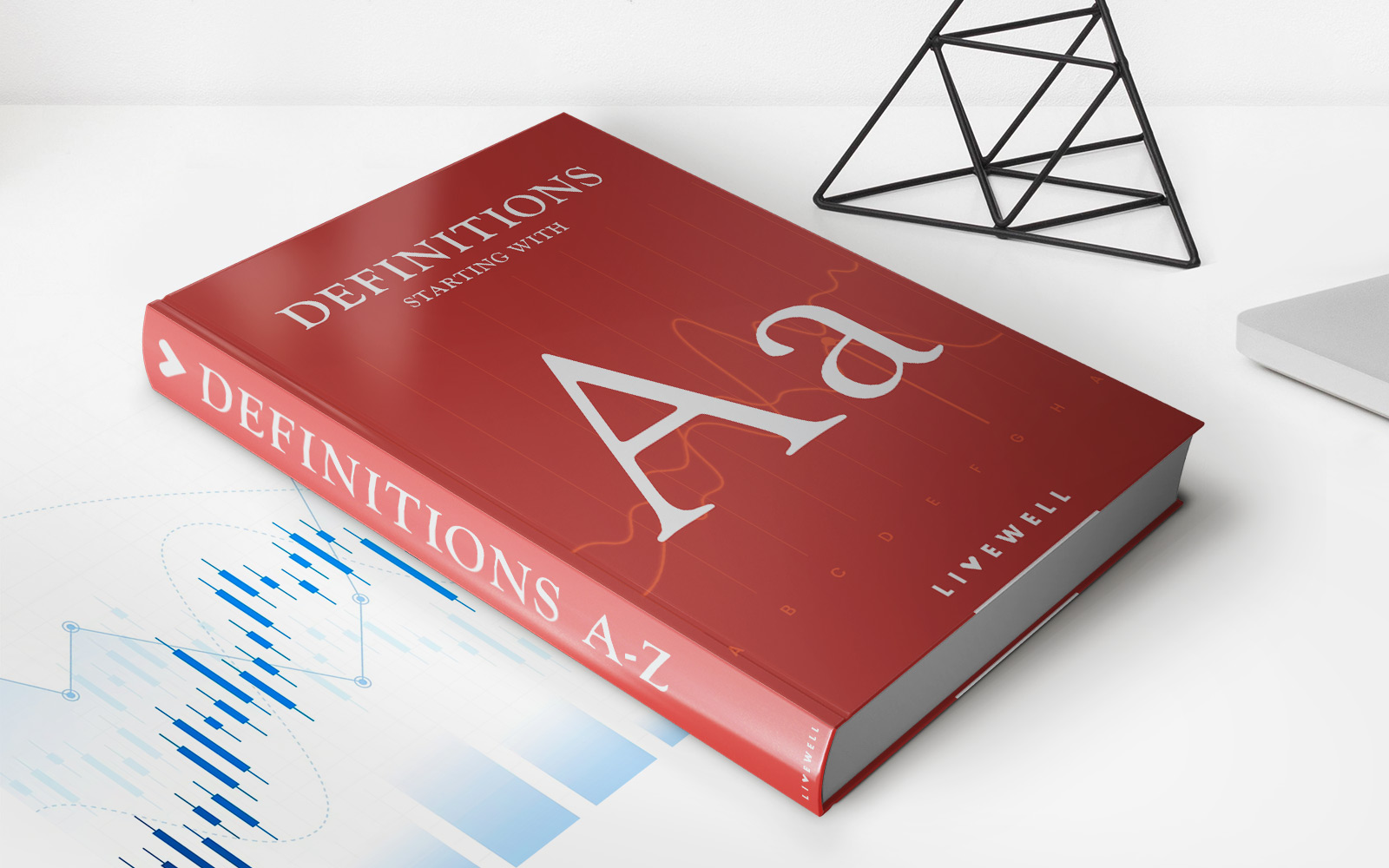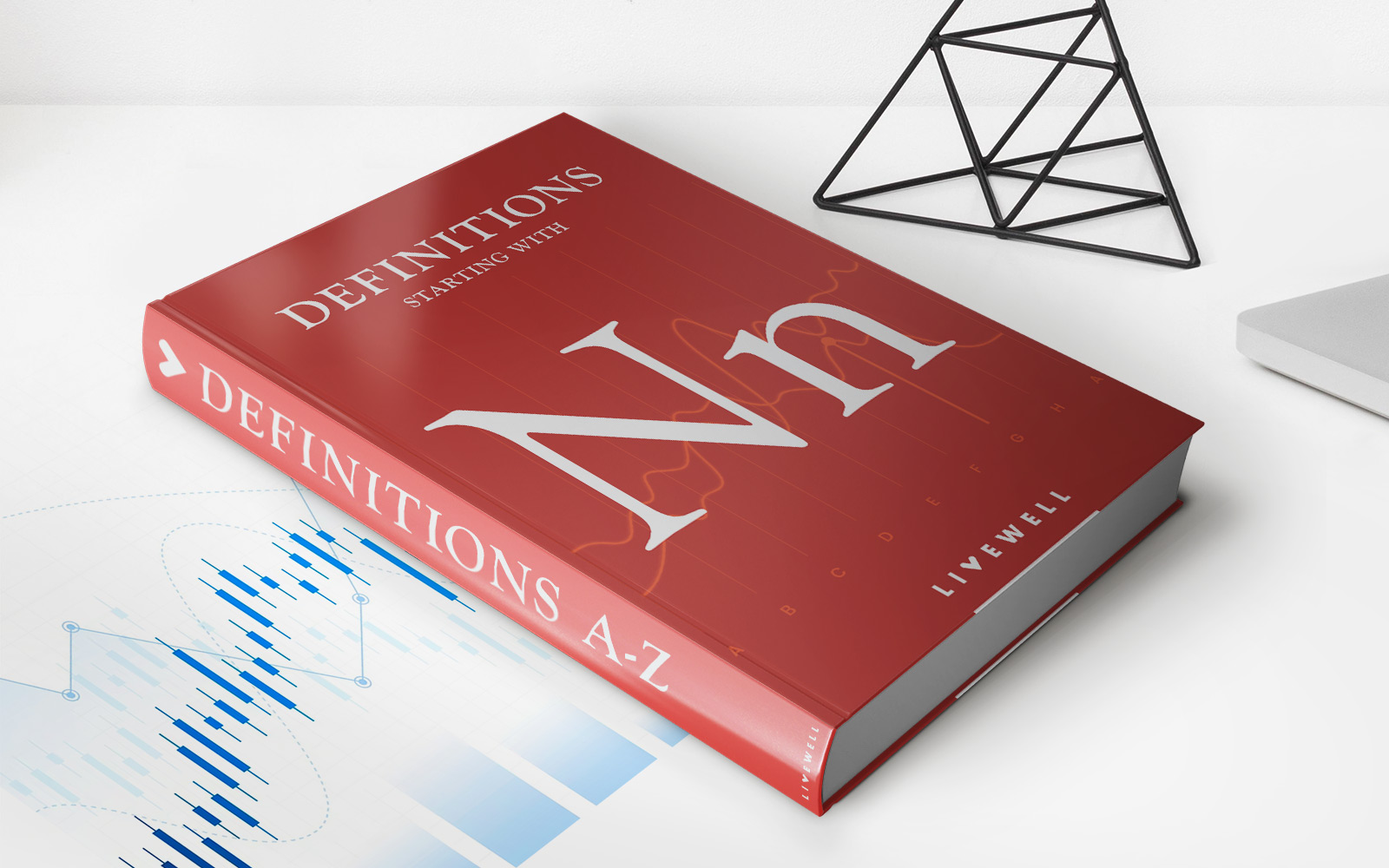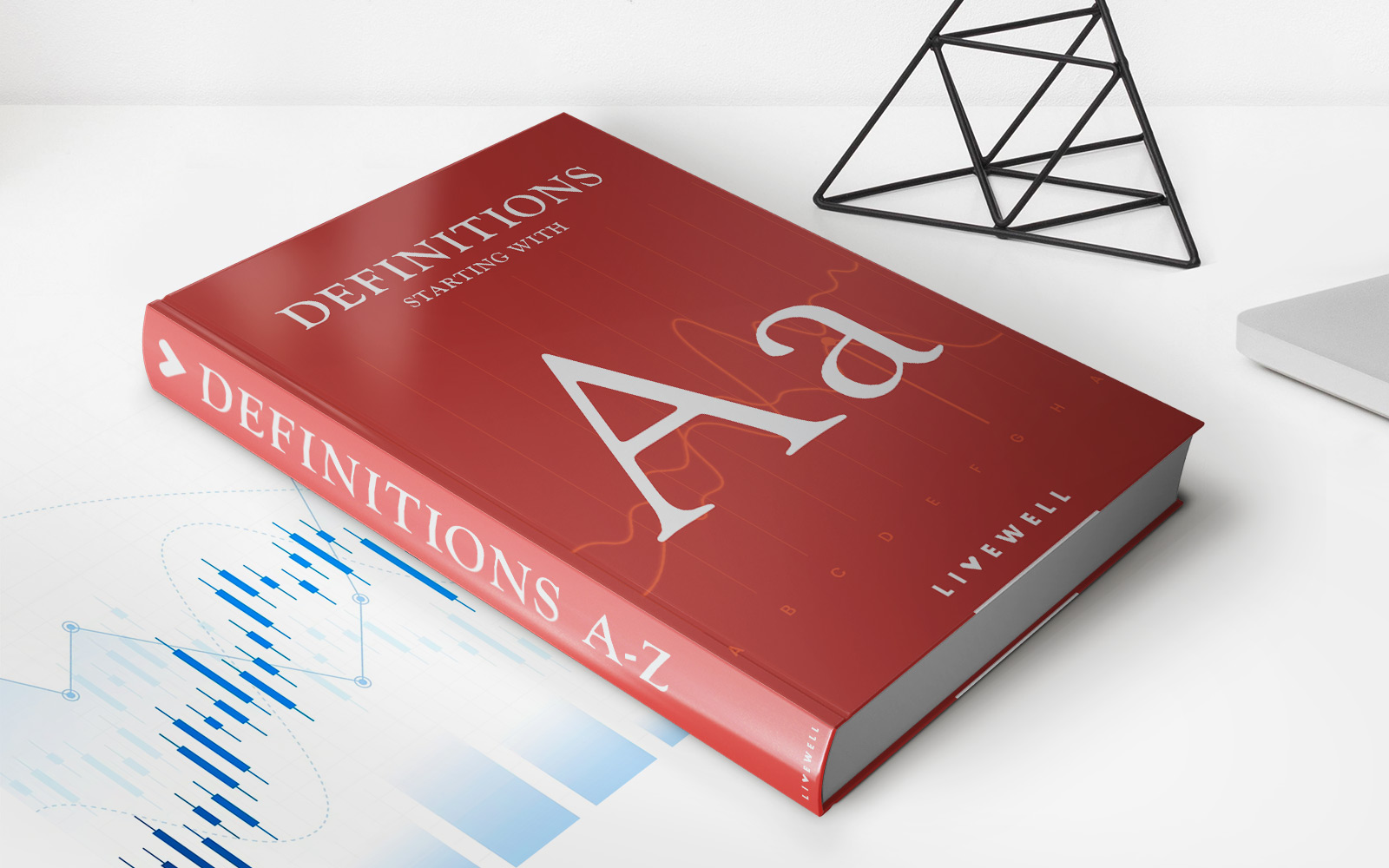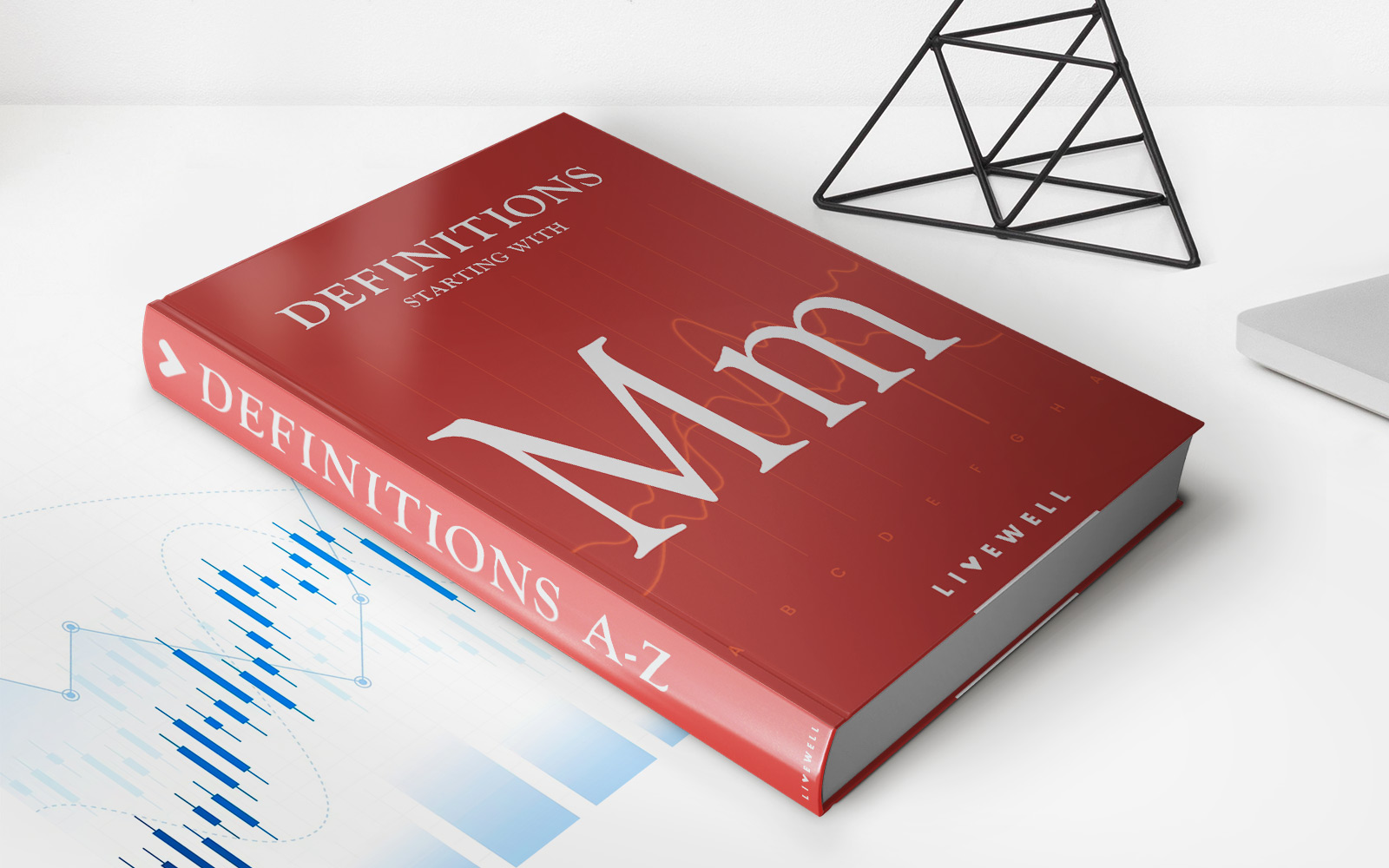Home>Finance>Holding Period Return/Yield: Definition, Formula, And Example


Finance
Holding Period Return/Yield: Definition, Formula, And Example
Published: December 5, 2023
Learn about holding period return and yield in finance, including the definition, formula, and an example. Enhance your understanding of financial concepts today!
(Many of the links in this article redirect to a specific reviewed product. Your purchase of these products through affiliate links helps to generate commission for LiveWell, at no extra cost. Learn more)
The Power of Holding Period Return/Yield in Financial Investing
Are you a savvy investor looking to maximize your returns? If so, understanding the concept of Holding Period Return/Yield is essential. Holding Period Return/Yield is all about measuring an investment’s performance over a specific period of time. In this article, we will define Holding Period Return/Yield, explore its formula, and provide an illustrative example. So, let’s dive in and unlock the potential of Holding Period Return/Yield in financial investing!
Key Takeaways:
- Holding Period Return/Yield is a useful metric for evaluating investment performance over a given time frame.
- Holding Period Return/Yield can be calculated by subtracting the initial investment value from the final investment value, and dividing that by the initial investment value.
What is Holding Period Return/Yield?
Holding Period Return/Yield is a financial concept that allows investors to measure the return or yield on an investment during a specific holding period. It provides a clear picture of how well an investment has performed over a given timeframe, which is crucial for making informed investment decisions. By calculating and analyzing Holding Period Return/Yield, investors can assess the profitability and attractiveness of various investment opportunities.
The Formula for Calculating Holding Period Return/Yield
Calculating Holding Period Return/Yield is straightforward and involves a simple formula:
Holding Period Return/Yield = (Final Value of Investment – Initial Value of Investment) / Initial Value of Investment
Let’s break down the formula to understand how it works:
- Final Value of Investment: This refers to the value of the investment at the end of the holding period.
- Initial Value of Investment: This refers to the value of the investment at the beginning of the holding period.
An Example of Holding Period Return/Yield Calculation
Let’s say you invested $10,000 in a stock and sold it after one year for $12,000. To calculate the Holding Period Return/Yield, you would use the formula:
Holding Period Return/Yield = ($12,000 – $10,000) / $10,000 = 0.2 or 20%
In this example, the Holding Period Return/Yield for your investment is 20%. This means that your investment gained 20% during the holding period. As an investor, this information is valuable, allowing you to compare different investment opportunities and make more informed decisions.
Conclusion
Holding Period Return/Yield is an essential metric for evaluating an investment’s performance over a specific period of time. By calculating Holding Period Return/Yield, investors can gain insight into the profitability of their investments and make informed decisions. It’s important to remember that Holding Period Return/Yield is just one of many metrics to consider when evaluating investments. However, when used in conjunction with other metrics, it can provide valuable information to guide your investment strategies. So, next time you are assessing investment opportunities, don’t forget to calculate the Holding Period Return/Yield to maximize your potential returns!














